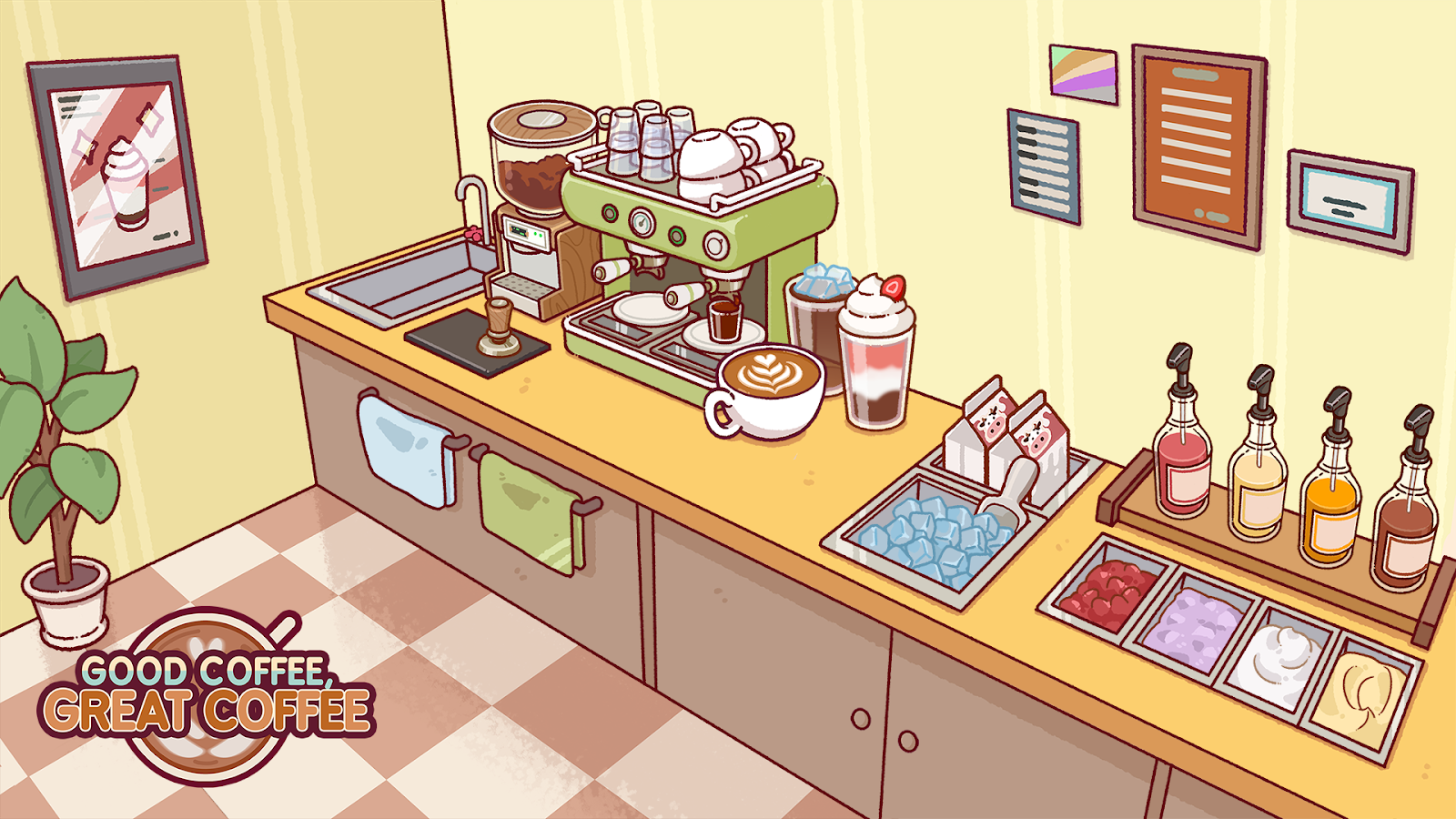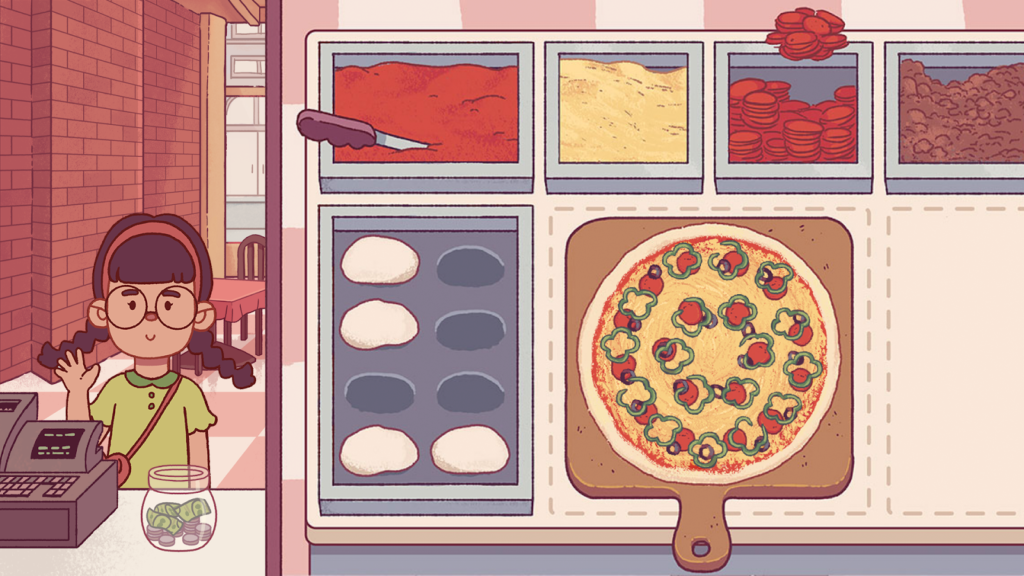Photo courtesy Weiling Peng
Opinions expressed by Digital Journal contributors are their own.
Although game mechanics and code are fundamental aspects of games, Weiling Peng demonstrates that art truly makes the heart of a game. A compelling visual story is a powerful tool to convey emotional connection and establish brand identity.
As the sole internal artist and art director at TapBlaze, Peng took over and expanded the visual direction of Good Pizza, Great Pizza — which has surpassed 250 million downloads — and went on to lead the visual development of its beloved coffee-themed follow-up, Good Coffee, Great Coffee. After its debut on February 27th, 2025, the sequel garnered over 12 million downloads in its first month and became the #1 game on the Apple App Store.
Peng goes beyond good artistry, going above and beyond to be a storyteller and transmedia thinker in game art for today’s gaming world.
Blending imagination with function: a history with RISD
Peng’s creative path began at the Rhode Island School of Design (RISD), where she studied illustration and industrial design. This combination trained her in two disciplines that make up her everyday work.
The blend of disciplines taught her how to think both visually and functionally, which allows her to create art that is not only visually appealing but also works effortlessly within gameplay, monetization, and user interface design.
However, art is more than just decoration to Peng — it’s about storytelling through interaction. Every asset she creates, whether it’s a quirky pizza topping or a café’s espresso machine, the element is meant to be touched, noticed, and personal to the player.
Building worlds with warmth: the pizza-to-coffee universe
Peng’s breakout work came from the success of Good Pizza, Great Pizza, a game best known for its cozy art aesthetic and expressive characters. Although she didn’t create the original visual style, she inherited and expanded on it with the utmost precision and care.
She found it challenging to adapt to a visual language that she didn’t create, but felt it was necessary to honor. By immersing herself in the game’s original soft shading and warm tones, she made sure her contributions felt natural, not intrusive, as she helped evolve the game art.
When it came time to design Good Coffee, Great Coffee, Peng was given complete visual control. She asked herself, “What if making coffee could feel like painting?” The result is a world that feels familiar yet refreshing: a morning-inspired, hand-drawn café that invites relaxation and creativity. The game’s latte art mechanic, where players handcraft their own designs, was born from Peng’s love for sketching in cafés.
She didn’t just stop at the visual element. Peng pitched the idea for the team to take a real barista course — a decision that ultimately grounded the game in an authentic café workflow. The latte art mini-game is about creative expression, which reflects Peng’s philosophy that everyone can be an artist, even through a game.
Game art that drives genuine user engagement
What sets Peng apart is how her designs directly contribute to player engagement and commercial success. Every visual system she creates — from kitchen layouts to animated characters — is designed to feel intuitive and emotionally resonate. This thoughtfulness translates into longer play sessions, better retention, and higher monetization rates, which are critical to good business. She explains, “My designs shape the visual identity and drive player engagement, helping these games stand out in the mobile gaming space.”

In 2024, Peng received Gold awards at the NYX Game Awards for Best Visual Art and Best Character Design — recognition that is often given to larger AAA studios. Apple has featured her artwork globally across the Today tab and promotional banners on the App Store, bringing her cozy universe to millions of players worldwide.
A creative career
Unlike most gaming studios with large art teams, Peng wears many hats. As the sole full-time artist and art director for two games with massive international audiences, she manages everything from early concept art to production assets and UI design. “As the sole internal artist, I’ve learned how to operate across disciplines, collaborating with design, marketing, engineering, and community to bring a unified creative vision to life,” she explains.
Her role extends beyond visual game development at TapBlaze. She also curated the 10th Anniversary Art Exhibition for Good Pizza, Great Pizza at Gallery Nucleus, a venue typically reserved for industry titans like The Last of Us and God of War. She also led the production of official merchandise, including tote bags, pins, and keychains, and directed TapBlaze’s debut at Comic-Con LA, where she saw over 3,000 fans.
Art in culture: expanding the legacy
One of Peng’s aspirations is to use her success to inspire other young artists, especially those who feel overlooked or out of place in a tech-centered gaming environment. At the 10th anniversary exhibition, she participated in a panel discussion where she shared her experience in game development and visual design. She also answered questions from fellow artists and attendees, touching on topics such as breaking into the game industry, designing inclusive characters, and developing a consistent visual style across a live game.
One day, Peng hopes to create a small, personal game that explores subtle feelings like nostalgia or solitude. She hopes to show that game art goes beyond making things look nice, but also creates an immersive experience that resonates with players on an emotional level.
Weiling Peng does not simply draw characters; she helps players feel joy, comfort, and expressiveness. Through her leadership at TapBlaze, she has shown how an indie artist can help shape a global hit and contribute meaningfully to a game’s creative and commercial success.In an industry seeking authenticity, Weiling Peng contributes with one frame at a time.
Content shared from www.digitaljournal.com.

